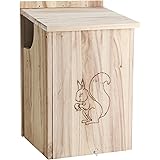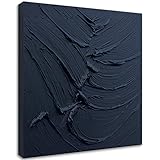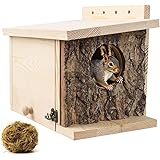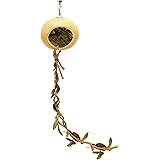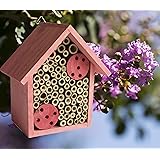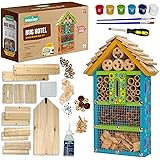Ladybugs are one of our most valuable insect predators, eating thousands of pest insects in their lifetime. They are especially effective at controlling aphid populations, helping both home gardeners and commercial orchards. Ladybugs can be identified by their spots, elongated bodies, and brightly colored markings. You may have seen them in your gardens or on the leaves of trees and shrubs. What you might not know is that there are four stages in the life cycle of a ladybug: egg, larva, pupa and adult.
Female ladybugs lay their eggs in clusters on the undersides of leaves, usually near aphid colonies. Within a few days, the tiny eggs hatch into larvae that look very different from their parents. They are scaly and black with orange or red spots. In their short larval lives, they will eat up to 400 aphids. Once the larvae grow to a certain size, they stop eating and begin the transformation into a pupal stage. This is a very important time in the life of the ladybug, as it will determine its future.
The larvae will shed their skin many times as they grow into their final form. Once they are a pupa, they will stop moving or eating and fall asleep for a few days. This is a defensive behavior to keep other predators from finding them tasty.
After a few days, the pupa will emerge and resemble the adult ladybug. It will have two wing pads on the back and a distinct elytra, or wings. The elytra is used to protect the wings when the ladybug is in flight, as well as against predators. The wings are stored folded beneath the elytra when it is in its resting state. The wings beat 85 times a second, and it takes 0.1 seconds for them to unfurl.
Once the ladybug is an adult, it will mate and begin laying its own eggs. The adult ladybug will be very active, searching for its prey all day long. The spotted adult ladybug is the most common, but there are also the seven-spot, 14-spot and the seriously funky-looking harlequin ladybugs, which actually eat aphids, making them beneficial to gardens.
When the weather is warmer, the ladybugs will migrate from their overwintering sites in trees and shrubs. They will find their way to homes and gardeners, settling into crevices in door and window frames, eaves, shingles, foundations, wall siding, etc. Ladybugs are also known to crawl inside buildings, where they will gather in groups on windows and walls, and even in the kitchen or bathroom. While they aren’t harmful, these insects can be a nuisance if their numbers get too high. This is why we recommend installing a Ladybug Barrier around the exterior of your home to deter them from coming in. This will also prevent the aphids they eat from spreading throughout your yard or garden.
